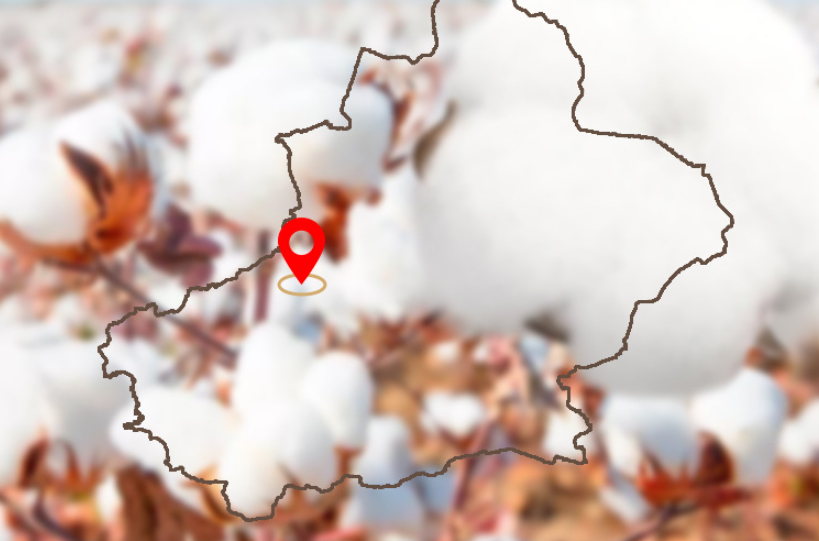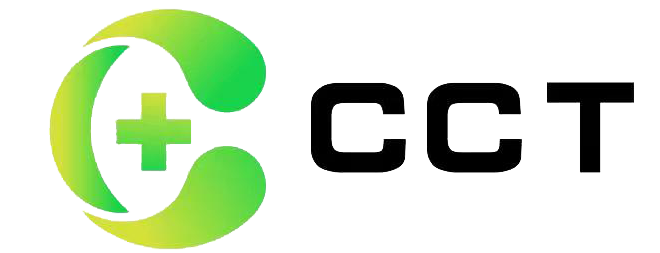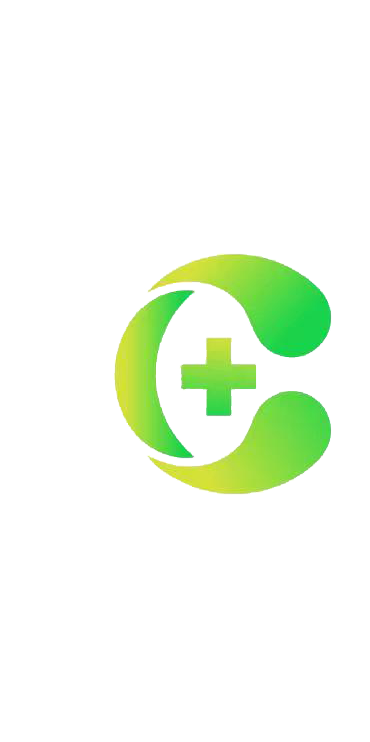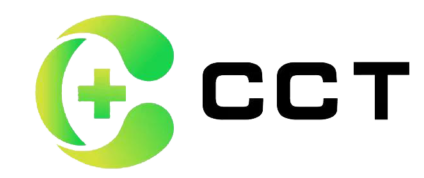In the medical, beauty, and hygiene product industries, the choice of raw materials directly impacts product quality and user experience. Cotton spunlace nonwoven fabric, as a premium type of nonwoven material, has seen growing market demand in recent years. However, with a market full of mixed-quality products, how can buyers identify truly superior materials? Today, we’ll take an in-depth look at the advantages and disadvantages of cotton spunlace fabric and provide a practical procurement guide.
I. Key Advantages of Cotton Spunlace Fabric

- Natural & Skin-Friendly, Zero Irritation
Made from 100% natural cotton fibers without chemical binders, cotton spunlace fabric has a slightly acidic pH level that matches human skin perfectly. It is ideal for direct-skin-contact products like baby diapers, sanitary pads, and medical dressings. - Excellent Breathability
Lab tests show that high-quality cotton spunlace fabric can achieve an air permeability rate of 800-1200 L/m²/s, far exceeding that of standard spunbond nonwoven fabric, effectively preventing skin issues caused by heat and moisture buildup. - Superior Liquid Absorption
The hollow structure of cotton fibers allows them to absorb liquid 30% faster than regular nonwoven fabrics, with better diffusion and minimal backflow. A leading global sanitary pad brand reported a 45% drop in customer complaints after switching to premium cotton spunlace fabric. - Eco-Friendly & Biodegradable
Fully compliant with EU REACH regulations, cotton spunlace fabric degrades naturally in soil, achieving a 90% degradation rate within 180 days—making it a sustainable alternative to traditional plastic-based nonwoven materials.
II. Three Key Drawbacks to Consider
- Higher Cost
Cotton raw material prices are 2-3 times higher than synthetic fibers, and the spunlacing process is energy-intensive, leading to a 40%-60% price premium over standard PP nonwoven fabric—especially noticeable in small-quantity purchases. - Strength Limitations
Although modern spunlace technology has significantly improved fiber bonding, the cross-directional tensile strength is still about 15% lower than spunbond fabric. Buyers must carefully select the appropriate weight (gsm) based on end-use requirements. - Potential Color Variation
Natural cotton fibers contain trace impurities, which may cause slight color differences between batches. Customers with strict color consistency needs should discuss this with suppliers in advance.
III. Procurement Guide (Industry Secrets Revealed)
- Weight Fraud Alert
Some suppliers misrepresent low-weight fabric as higher-weight products. Quick verification method: Cut a 10×10 cm sample and weigh it. Actual weight (gsm) = weight (g) × 100. For example, a 0.5 g sample equals 50 gsm. - Cotton Purity Tricks
True 100% cotton spunlace fabric burns into fine, soft white ash with a paper-like smell. Blended fabrics leave hard residues and a pungent odor. Always request an SGS cotton content test report. - Process Differences
High-quality spunlace fabric should undergo 7-step hydroentanglement (vs. 3-5 steps in standard products), resulting in tighter fiber entanglement. Use a magnifier to check for uniform fiber distribution. - Hygiene Standards
Medical-grade products must comply with ISO 13485 certification, with bacterial counts ≤20 CFU/g. A well-known buyer once had an entire shipment detained by customs due to overlooked hygiene compliance.
IV. A Benchmark in Chinese Manufacturing: How CCT Spunlace Factory Stands Out
Among global spunlace suppliers, China’s CCT Spunlace Fabric Manufacturer has become a strategic partner for multinational giants such as Perrier,Huazhu Hotel Group, thanks to three core strengths:
1. Full Supply Chain Control
Owns 2,000 acres of organic cotton fields, ensuring full traceability from raw material to finished product. Its patented “gradient cotton carding technology” improves softness by 30%.
2. Customization & Innovation
A 200-person R&D team can develop full-range products (30-120 gsm) with samples delivered in just 7 days. Its exclusive “segmented hydroentanglement technology” solves the industry-wide issue of insufficient fabric strength.
3. Smart Manufacturing
Uses clean room production lines in temperature with ISO9001 certified-controlled environments, keeping batch variations within 3%. An ERP system enables real-time order tracking, with a 99.2% on-time delivery rate.
“Working with CCT for 5 years, their consistency has been impressive. Even during the pandemic, they guaranteed emergency shipments within 72 hours.” — Procurement Director, European Medical Device Company
V. Procurement Checklist
□ Define Application: Medical-grade or consumer-grade? Sterilization required?
□ Technical Specs: Is weight tolerance within ±3%? Cross-directional strength ≥12N?
□ Certifications: Does it have FDA, OEKO-TEX, or other necessary certifications?
□ Sample Testing: Conduct real-world tests on absorption speed, drying time, etc.
□ Capacity Assessment: Can the supplier meet your peak demand?
□ Logistics Options: Do they offer flexible terms (EXW, FOB, etc.)?
Industry Tip: For bulk purchases (5+ tons), consider ordering in March-April when new cotton arrives—prices are typically 5%-8% lower due to seasonal discounts.
Choosing cotton spunlace fabric isn’t just about selecting a material—it’s about gaining a competitive edge in today’s health- and eco-conscious market. What’s your biggest challenge in sourcing spunlace fabric? Share your thoughts in the comments!


